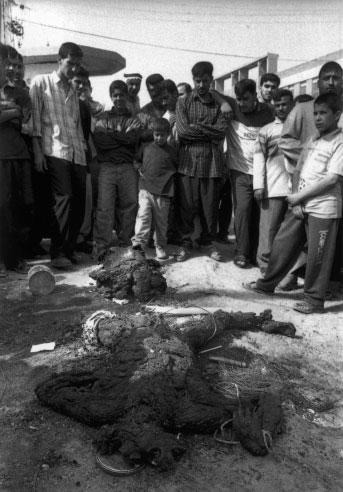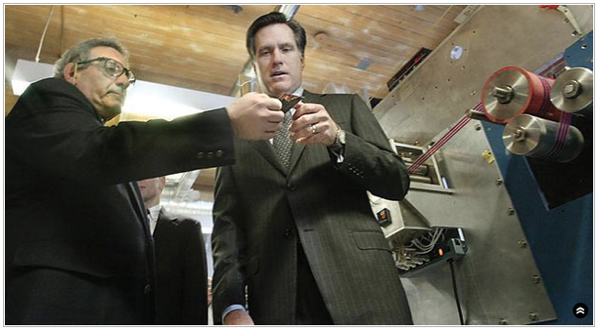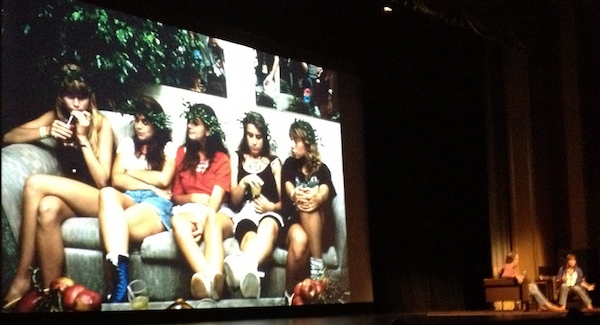Notes
Notes from Look3: Stanley Greene's Fallujah Bridge Photo

I’m attending the Look3 photo festival in Charlottesville, a three day gathering that celebrates photojournalism and is more about photographers reflecting on their craft and spending time together than about doing business. On the first official evening, photographer Stanley Greene of NOOR, the featured artist, was interviewed on stage at the Paramount Theater by Jean-François Leroy, the director of the French Visa Pour l’Image festival.
Throughout the talk, a slideshow of Greene’s work appeared on the large screen. When a harrowing photo Greene took in Fallujah appeared, however, Leroy stopped the slideshow to ask Greene about the image.
If you’ve seen the widely distributed 2004 photo from Fallujah by AP’s Khalid Mohammed, it’s impossible to forget. The image shows the charred remains of Blackwater military contractors suspended from a bridge while locals cheer. Although Green’s photo, above, appeared in TIME’s Pictures of the Year that year, his image is less well known.
Responding to Leroy, Greene related a story about the publication of the photo. He described how Newsweek decided at the last minute not to run the photo because it would have appeared in the magazine beside an ad for an SUV. (This post from Nieman shows the other photos from the scene that ran in U.S. papers, one of those documenting that the contractor’s SUV had also been set on fire.)
Greene then went on to provide some remarkable background which wasn’t clear he’d ever publicly shared before.
Greene described how he went to Fallujah because he wanted to cover the insurgents, “otherwise know as ‘POI’s’ (pissed off Iraqis)”. Upon getting more familiar with his driver, the man indicated Greene needn’t look very far. “In the day time, I keep you alive,” he told Greene, and “at night I go kill Americans.” Green described the irony of becoming privy to this information after “turning him on to ‘Rage Against the Machine’ and Red Bull.”
The driver then asked Greene if he would like to meet some insurgents. Greene declined, but when the driver insisted that an excursion would be just to see some guns, he assented. It was on the way to the rendezvous, having passed through an American checkpoint and having heard the fire from an RPG, that they came upon the infamous scene at the bridge. In a ghastly moment, the locals, gathering around and “laughing like they were at a BBQ,” cut down the remains so Greene could photograph them.
Greene explained how unprepared he was for the moment; how he had photographed many foreign citizens who were victims of war but, here, he was photographing people on the ground who came from where he was from. Green said the entire experience remains chilling; that it stays with him and never goes away.


Reactions
Comments Powered by Disqus